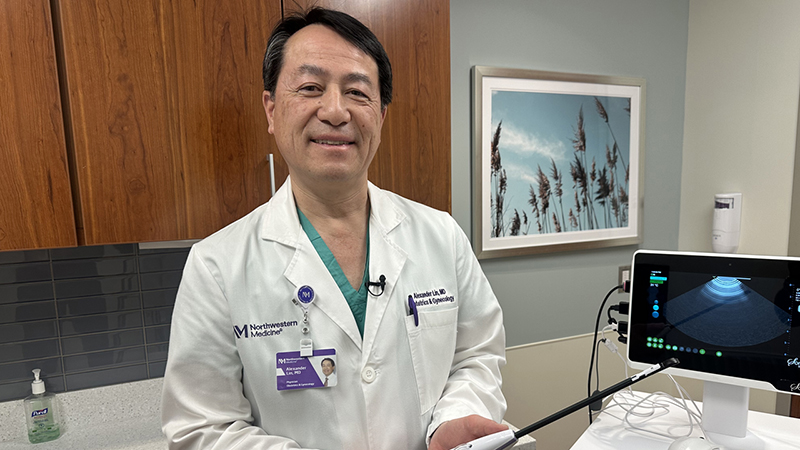Quick Dose: Balloon Angioplasty For Chronic Embolisms
Balloon pulmonary angioplasty (BPA) is a novel technique for treating chronic pulmonary embolism, or blood clots in the lungs, in patients who may not be surgical candidates. BPA is similar to coronary angioplasty, a common procedure in which a balloon is used to widen blocked or narrowed coronary arteries.
During BPA, while the patient is under local anesthetic, a narrow tube is threaded through the femoral vein in the leg, through the chambers of the heart, and into the arteries in the lungs. A balloon is then inflated in the narrow vessels in the lungs. The balloon widens the vessels, restoring blood flow to the lungs and lowering the high pressure in the lungs closer to normal. The physician uses contrast dye and X-rays during the procedure to identify the blockages in real time.
Usually, a series of BPA treatments is needed. For the first two procedures, the goal is not to expand the artery to normal, but to get the lung tissue used to seeing blood flow again. Follow-up procedures are meant to restore the artery to its normal size and return pressure in the lungs to normal.
BPA isn’t the right treatment for everyone. Some patients with pulmonary embolism may respond to medication, and others may need an operation. But for the right candidates, it can be a game changer.
- Daniel J. Schimmel Jr., MD, interventional cardiologist Northwestern Medicine Bluhm Cardiovascular Institute at Northwestern Memorial Hospital, contributed to this article. He is the first physician in Illinois and one of few in the country who offers BPA.






